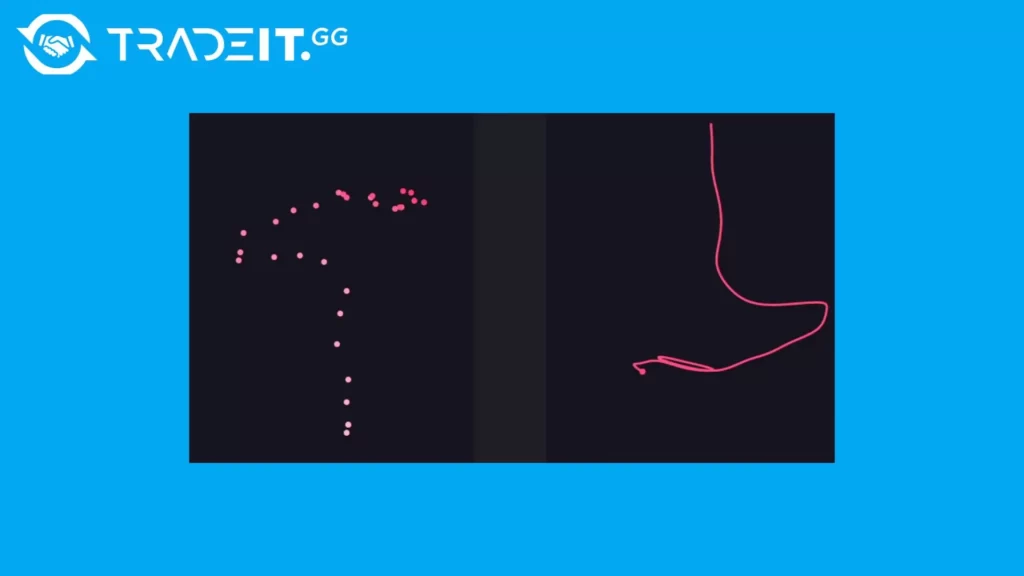BFN Lab: Insights and Innovations
Explore the latest trends and insights in technology, science, and innovation at BFN Lab.
Tapping vs Spraying: The Tactical Showdown for CS2 Domination
Discover the ultimate showdown between tapping and spraying in CS2. Master the tactics for domination and elevate your game to the next level!
The Mechanics of Tapping vs Spraying: Which Technique Reigns Supreme?
When it comes to applying finishes, the choice between tapping and spraying can significantly affect the outcome of your project. Tapping involves using a brush or roller to manually apply the material, allowing for precise control over the quantity and distribution. This technique is often favored for small or intricate areas where detail is paramount. Conversely, spraying employs a nozzle to atomize the finishing material, offering a quicker application over larger surfaces. Each technique has its advantages, but understanding the nuances can help determine the best approach for your specific needs.
Choosing the right method ultimately depends on several factors, including surface type, finish consistency, and application speed. For instance, while spraying can lead to a smoother finish and reduced application time, it may require a more extensive clean-up process and protective measures to prevent overspray. On the other hand, tapping can provide a more controlled application, allowing for touch-ups and detailed work. Weighing these considerations can guide you to make an informed decision, ensuring that your finish not only looks great but also meets functional requirements.

Counter-Strike is a popular first-person shooter game that has captivated players around the world with its strategic gameplay and competitive environment. Many players look to optimize their performance, often searching for specific configurations such as the magixx settings to enhance their gaming experience. With a variety of game modes and maps, Counter-Strike continues to be a staple in the esports community.
How to Master Tapping and Spraying in CS2: Tips from the Pros
Mastering Tapping and Spraying in CS2 is essential for players looking to enhance their shooting accuracy and overall gameplay. Tapping involves firing single shots with precise timing, which is crucial for long-range engagements. To excel at tapping, players should focus on crosshair placement and control their recoil. A great tip from the pros is to practice your aim in aim training maps or use tools like Aim Lab. Gradually increase the distance between your target and practice maintaining your aim while tapping consistently. Remember, patience is key; don’t rush your shots!
On the other hand, spraying can be a game-changer in close to mid-range combat. To master spraying, you'll want to learn the recoil patterns of your weapons. Start by choosing a weapon like the AK-47 or M4A4 and spend time in a custom game to get a feel for how each gun behaves. A pro tip is to burst fire instead of holding down the trigger; this can help manage recoil and improve accuracy significantly. Consider using the community practice maps that allow you to work on your spraying technique against stationary and moving targets for better results.
Tapping vs Spraying: When to Use Each Technique for Maximum Impact
When deciding between tapping and spraying as techniques for applying finishes or treatments, it's essential to understand the nuances of each method. Tapping is an effective technique for achieving a controlled and precise application, making it ideal for intricate areas or detailed work. It involves gently using a tool to apply the product, allowing for better penetration and bonding to surfaces. This method is particularly useful when working with delicate materials or when a uniform layer is crucial.
On the other hand, spraying offers a faster application, covering larger areas in a shorter time frame. This technique is best suited for projects requiring a smooth, even coat over expansive surfaces. However, spraying can lead to overspray and waste, making it vital to ensure proper technique and masking of surrounding areas. In conclusion, choose tapping for precision and detail, while reserving spraying for efficiency and larger projects.